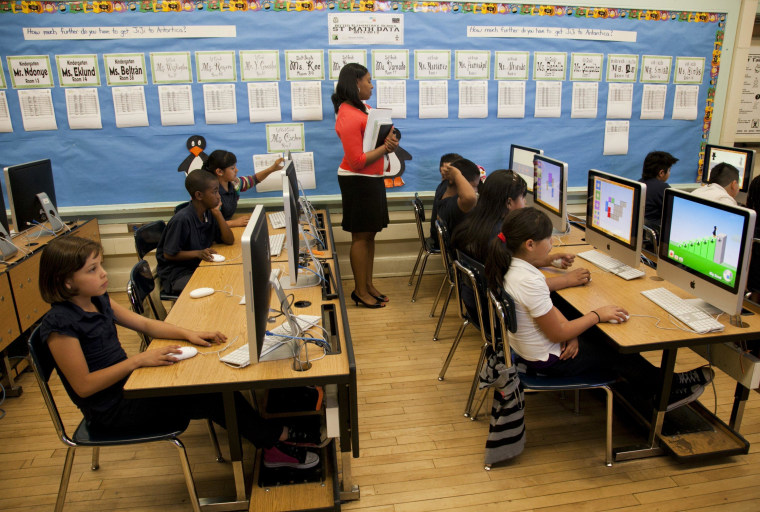Hispanic families are utilizing some digital tools that rival their middle class white peers but have less opportunities to access said digital tools to advance their child’s education, according to several newly released publications by the Joan Ganz Cooney Center at Sesame Workshop.
There is a gap in access of devices such as tablets, e-readers, computers and high speed internet often needed for children to advance their digital learning. Latino parents who say they use educational media on a weekly basis reported that it supported their child’s learning in particular subjects such as mathematics and literacy.
In a national survey reported in, “Aprendiendo en casa: Media as a Resource for Learning Among Hispanic-Latino families,” 90 percent of Spanish-speaking families expressed desire to have more resources and devices that would further their child’s learning. Television still remains the most common platform Hispanic families use for educational content.
One report, “Connecting to Learn: Promoting Digital Equity for America’s Hispanic Families,” gives policymakers and education leaders five goals and recommendations to help build digital connections for Hispanic families:
1. Create new incentives for maximum digital participation: The report suggests that financing culturally competent programming through public media providers, as well as technology through public-private partnerships can be used to reach low-income families that need the educational content.
2. Establish a digital learning place in every community: The report recommends building a center where children have access to high-quality, engaging digital tools, as well as appropriate guidance from adults on how to use the tools.
3. Build community capacity: Integrate media use into professional practice; the report suggests administrations, policymakers and curriculum developers explore ways to support early childhood teachers and their digital practices.
4. Catalyze new public-private, federal-state digital equity partnerships: The report advices holding national and state summits on digital learning and opportunity, focused on forming new public-private partnerships for digital equity and innovation.
5. Empower families to achieve digital equity: Digital equity programs should engage parents in every stage by building parents’ familiarity with the platforms, in order for them to use it with their children.
